by the Strategy & Vision Cluster of the Portland Liberation Organizing Council
Introduction
On May Day 2012, the Black Working Group and the Portland Liberation Organizing Council helped Alicia Jackson liberate her house. Jackson faced threats from the banks and self-evicted in August of 2011. Ongoing community organizing, going back as far as October, developed the context to create the potential for this action to be a success. With support from radical organizers and community members Jackson moved back in as part of a mass community action and remains in her home. This action was a powerful and inspiring demonstration of the power of community based direct action to reclaim land and community resources.
The narrative of the action was one of liberatory anti-capitalist alternatives rooted in the concrete needs of working class people. The relationship between the Black Working Group and PLOC is a dynamic model of multiracial collaboration based in a common commitment to fighting white supremacy and capitalism. The action itself was a militant direct action that claimed control over a home and prepared to defend it.
The document below is our attempt to articulate our thinking behind the militancy we demonstrated on May Day and to engage in ongoing strategic debates within our movements.
Militancy for Liberation
The debate within radical organizing and activist circles regarding the question of “diversity of tactics” versus nonviolence is one in which there remains a strong polarization of opinion. Recent events in the Occupy movement have raised complex and vitally important questions about what forms of engagement are considered acceptable and strategic in the fight for social justice and freedom. Certain opinions emphasize a diversity of tactics and stress the legitimacy of various forms of militancy, including property destruction (economic sabotage) and street fighting (physical self defense). Other opinions emphasize a strict adherence to nonviolence for strategic reasons such as maintaining collective safety, avoiding alienating potential allies and to maintain the moral high ground. Most often, this form of reductionist debate has not been particularly illuminating or generative for momentum or capacity building. In particular, when the debate devolves into accusations or allegations born of stereotypical profiling, we collectively lose the ability to cultivate and strengthen authentic solidarity amongst a spectrum of willing participants based on a shared commitment to confronting the systems of oppression.
This is our attempt to offer an intervention in the ongoing polarized debate by raising questions regarding: how we organize our communities into a movement capable of the difficult and dangerous work of winning our freedom. We believe this is one way in which to encourage ensuing conversations that necessarily shift from the frame of debating tactics to the frame of inter-connecting strategies for community liberation.
- What is actually required for our society to deeply transform? If we want a free society in which we determine our own lives, with others, then this surely will require the destruction of capitalism, and the abolition of white supremacy, colonialism, and patriarchy. Realistically, what can lead to that outcome? Our strategy and tactics are based in seeking to answer that question. We are experimenting, while learning from the past, as well as from our own and others current experiences.
- We’ve seen over and over that the rulers of this society, those who profit from our pain, are afraid of and adamantly resistant to this kind of deep change. This system wages war on life. The elite have been fighting a war against those of us who want a different world since the beginning. Their war on us takes different forms and occurs with differing layers of visibility. We do not seek to convince those in power to give us freedom. We seek to take it. How?
- Peoples’ movements have generally included a variety of tactics in the context of their struggles. We look to our ancestors for inspirations of how to collectivize power and how to express that collectivized power: from the anti-enclosure uprisings in the Middle Ages of Europe, to the Irish anti-colonial movement against the British occupation, to the Azanian (South African) anti-apartheid struggle, to the labor wars throughout U.S.history, to the Black Freedom Struggle against Jim Crow racism. All of these movements have used tactics ranging from legal petitioning to armed warfare. How can we apply lessons from these struggles, recognizing the similarities and differences about our own time and place? How do assert our own and others’ legitimacy of self-determination in determining the means by which we struggle for our liberation? We ourselves are our own liberators
- What is “militancy”? For us, militants recognize that the rulers of this society are fighting a war against us and choose to respond wisely and creatively with a strategy to not submit to ongoing warfare, but also to end it. Being militant, for us, means keeping all of our options open, and our intentions to strategically confront the systems of power in the forefront. It means recognizing that people are getting hurt already, and that sometimes we have to make hard choices with real risks in all directions. It has been said that “freedom isn’t free”. There is a cost for freedom and there are risks to fighting for liberation. Asking and learning when to advance and fight, when to retreat and regroup, when to choose life and when to risk death, are fundamental questions that are embedded in the context of the conversation about militancy.
- Who are “militants”? We think it’s important for all kinds of people struggling for the world we want, to be thinking, acting, and relating in the context of a war we seek to survive and to end. What does it mean for working class people of all professions to be militants? How do neighbors and communities of all kinds take power and express agency in their home places, and defend them against repossession and possible armed assault? How do conscious, trained, organized radicals support a broad-based, widespread movement that makes revolution a living possibility everyone can feel in their gut? This is our challenge as we develop tactics and strategies that create more opportunities for all kinds of oppressed people to break with “legality”, challenge existing power structures and property relations, and fight for our freedom.
- Engaging in militancy, whether acting against property or the agents of oppression, involves risk. Refusing to fight also involves risk. How do those risks balance out: for ourselves, for others, for all life in this world? While we assert our and others legitimacy in fighting back, we also seek to encourage the development of the skills that allow us to do so as wisely and securely as possible. How can we build more and better capacity to undermine the rulers’ ability to oppress, repress, and suppress? How can we fight in ways that minimize harm and danger to ourselves, our allies, and our strategic goals?
- Bringing militancy into our social movements changes us. It’s a lens or an attitude, that can help us fight the war better. But the war can get inside us, take us over. We can lose perspective on the culture this revolution is fighting for; a culture of participation, humility, compassion and of loving relationships. How can we defend our communities and movement with all tools necessary, without letting violence inside of movement debates, or by losing our perspective on how people may get hurt? There are real tensions here that we seek to address with more than a stridently dogmatic defense of revolutionary violence or a retreat to the moral blinders of purist pacifism.
- How can our militancy support and develop the leadership of women, queer and trans comrades in building a fighting movement? Our militancy is feminist, because confrontation has so often been interpreted as a realm of male domination and the re-creation of oppressive gender relations. How can we intentionally create and implement pathways of strategic confrontation in ways that undermine rather than reinforce that tendency? We draw on the traditions of women’s revolutionary action from Harriet Tubman to Assata Shakur. Feminist understandings and practices create a context in which to ask: what forms of action and resistance best embody our values of participation, collective care and transformation?
- Life is inherently valuable. Our respect for life asks us to use all means we can to end this murderous system. It also asks that we struggle in humane ways that amplify life. Embracing this tension is at the center of our militancy.

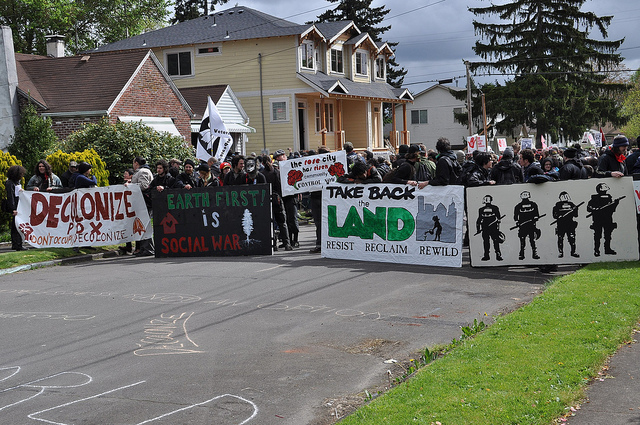
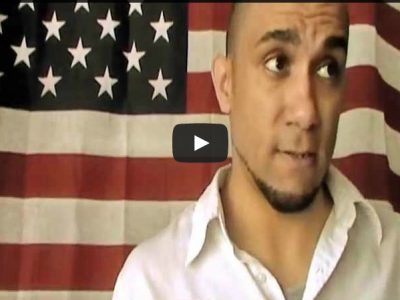
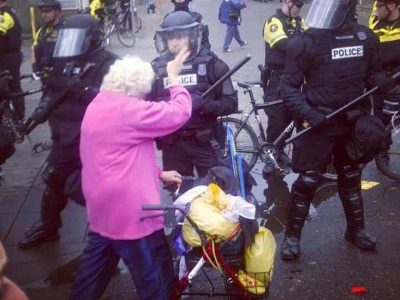
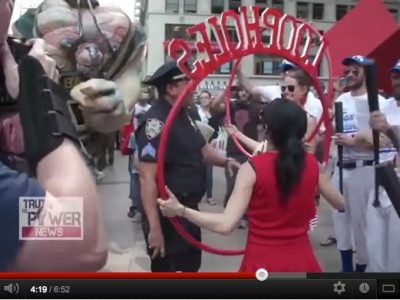
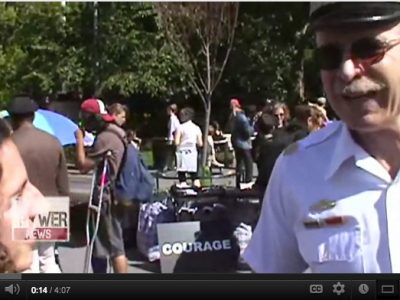
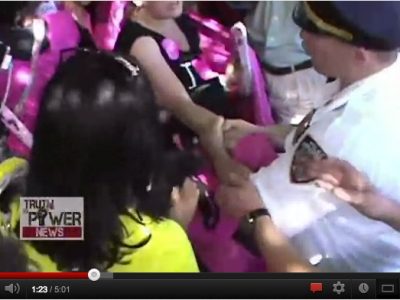
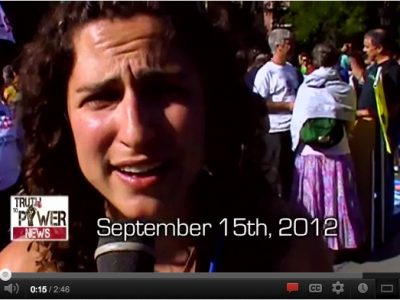
12 comments for “Statement from PLOC: Militancy for Liberation”